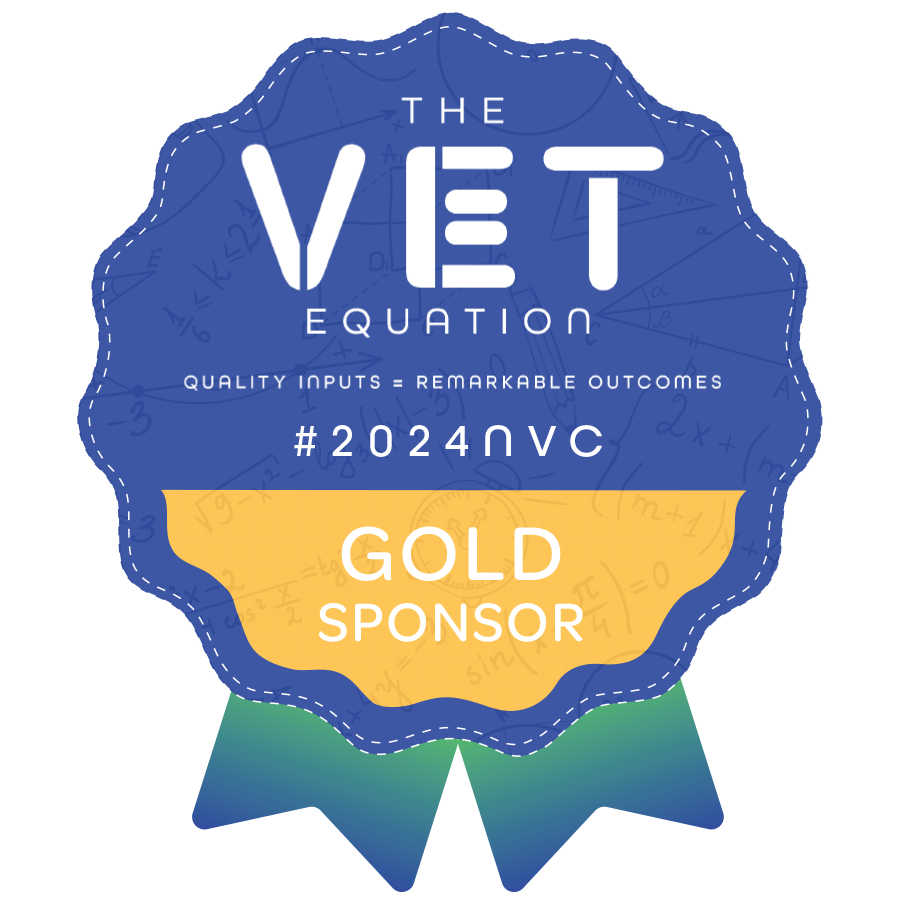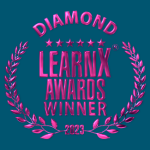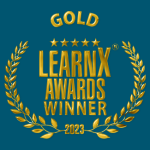Developing student assessment for creativity
Imagine that you’re a professional in the finance sector. Would it seem strange to you if I, as a client, asked you to solve my business’ money problems – but only in the way that I describe? It’s a situation that would never happen in the real world, but it’s one that VET students are often faced with: a piece of assessment that seems as though it wants a creative solution, but actually has only one “correct” answer. My collaboration with various stakeholders in the industry and RTO Works’ partnership with the Academy of Entrepreneurs have caused me to think about this situation a lot and what we’re doing to address it.
As someone who oversees the development of learning and assessment resources for RTOs, I wanted to discuss my belief that assessment tools should be:
- Reliable enough to gather the necessary evidence to show competency, but
- Flexible enough – and not so prescriptive – that they stifle creative and critical thinking.

Prescriptive tools discourage engagement
I feel that, over the years, the focus on compliance in assessment has pulled attention away from student outcomes. While I agree that it can be challenging to develop an assessment that can be used across a variety of businesses or case studies, it can be done in a way that encourages students to show lateral thinking – rather than chase a specific response.
Yes, assessment tools must have detailed assessor guidance and benchmarks to ensure that they’re reliable. However, word-for-word expected answers are not the solution. All students have different perspectives and unique contributions! When assessments are too narrow or must align to a specific case study, it can be hard for students to relate that assessment to their own interests or passions.
The right approach is to create flexible tools that inspire and promote originality. For students in management courses, for example, this could involve creating and implementing solutions for a company of their choice (even in the classroom). This provides the opportunity to apply the process of their course to an area or business that’s relevant to their interests.
With added variance in student work, the likelihood of plagiarism and collusion will also decrease – and we can collectively undermine the unscrupulous websites that profit from students by selling them the “answers”.

Our approach at RTO Works
When I work with my incredible team of designers, I always refer to the analogy of baking a cake. If a unit asks the student to demonstrate that they can…
- prepare to bake,
- follow a recipe,
- bake the cake,
- present it, and
- clean up afterwards,
then why mandate exactly what type of cake they need to bake?
We develop assessment tools that are flexible enough that they’re compatible with a variety of recipes. The RTO can select the recipe that’s appropriate to its cohort and their needs – for example, considering recipe costs. In a workplace context, it allows students to choose their own appropriate recipe – but enables the RTO to administer the assessment using the same tool.
We don’t say, “you must bake a passionfruit cheesecake and it must look like this”, because that isn’t relevant to assessing whether a student can practically bake a cake. In my opinion, this is more in line with what VET is all about – gaining real and varied skills that assist students in meeting employers’ needs. Let’s celebrate the differences in the end products!
Even in a business context, we want to see students working through assessments, using the same processes and staying within certain boundaries, but basing their projects on their areas of interest and future career pathways wherever and whenever possible.
The way forward
Students shouldn’t simply be going through the motions of completing an assessment to produce ‘the right cake’ or ‘correct business solution’. Potentially, it creates a cohort of students who know how to tell you what you want to hear, but not how to use their resourcefulness to produce inventive results. This doesn’t help them or their future employers!
I’m keen to see the industry move towards assessment tools that ask students to work through tasks and processes to demonstrate their competence of unit requirements, but by creating end products or outcomes that have variance and demonstrate their ability to form their own judgements and innovate.
All of this is going to be especially important moving forward, as our young people enter a job market that’s been hit hard by adverse global circumstances.




